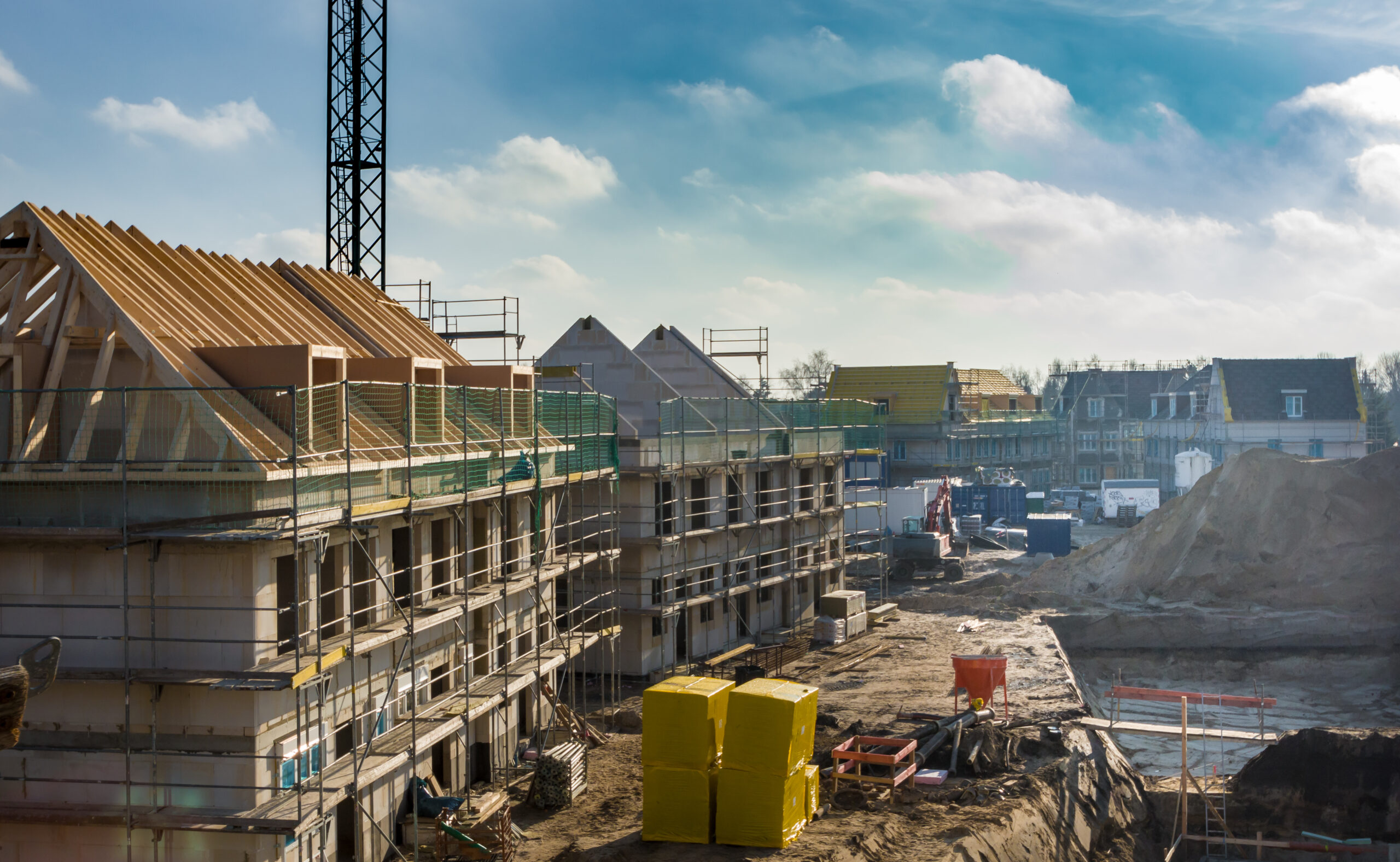
News Article
We all want more affordable housing but we need to make sensible decisions on ratios site-by-site
17th Jul 2024
Published in Social Housing 16 July 2024
In an ideal world, the property industry would be delivering well over the 300,000 housing target per year, with perfect quantities of each type of home to meet the needs of the growing UK population.
I think we can all agree the current landscape with demand far exceeding supply is far from ideal. No doubt the Labour promise to deliver this many homes, a total of 1.5m in the next five years, is well intentioned as is its pledge to ensure all new towns have a 40% ratio. Hopefully there will be a roadmap that details how this will be made possible.
It is increasingly difficult, even as an expert in Affordable Housing and s106, to be able to assume, much less guarantee, the viability of large-scale development with a typical 40% housing ratio in advance. Each site and location differs, and as the economic landscape fluctuates, so too does the cost of materials, labour, land and sales values whilst the challenges these encompass can also add layers of delay and associated cost.
Which brings me to the point of this piece. If you have a site that is stalled indefinitely because the developer cannot meet the required ratio of affordable housing, then no houses at all get delivered. Each of the 317 local authorities in England and Wales may well have at least one of these in their midst, undoubtedly, and some several.
I’d like to believe that if it were possible, every developer would deliver as many affordable homes as they possibly could. The simple fact is that it’s not actually viable in many cases to meet the policy requirement given the significant increase in construction and finance costs over the last few months combined with a hardening in the sales market. And on those non viable sites, in an ideal world the local authorities would take a pragmatic standpoint to bring forward sites to meet the local need even if they don’t fully meet the policy requirement to prevent stalling sites which provide no contribution to local housing needs.
One example of a positive and practical approach was taken recently on a site in Southampton by the local authority. The site was granted planning consent in 2019 for 16 one- and two-bedroom apartments with a requirement to provide six affordable housing units. The development was started but the previous developer went into liquidation and the site has remained stalled half constructed ever since. Reflect Group have acquired the site but due to the increases in construction cost and finance rates over the last couple of years the s106 requirement in the consent was no longer viable and was preventing the development from being completed.
Rapleys was instructed by Reflect and we worked to assess the viability of the scheme and make the case for a reduction in the s106 requirement. Our assessment report was reviewed by the council and following further negotiation and the provision of build cost evidence, it was agreed that the scheme was unable to viably provide any affordable housing. While this is unfortunate when it comes to affordable housing figures, decisions like these are sometimes crucial to allow a stalled half-built site to come forward, contributing to the ongoing regeneration of the East Street/Back of the Walls area of Southampton.
Developers such as Reflect Group, want to be able to provide affordable housing but stakeholders need to remain flexible to changing conditions or we won’t be able to bring any development forward at a time when it’s never been more needed. So, a site-by-site decision needs to be taken on if the target is appropriate, rather than stick to an inflexible target that prevents developments from coming forward.
Related news
Rising business rates and the car showroom sector
Nik Moore, Head of Business Rates at Rapleys, said: “The publication of the 2026 Rating List for England and Wales has highlighted a total rateable value rise for car showrooms of £210m, a rise of 39% from the last List in 2023.




